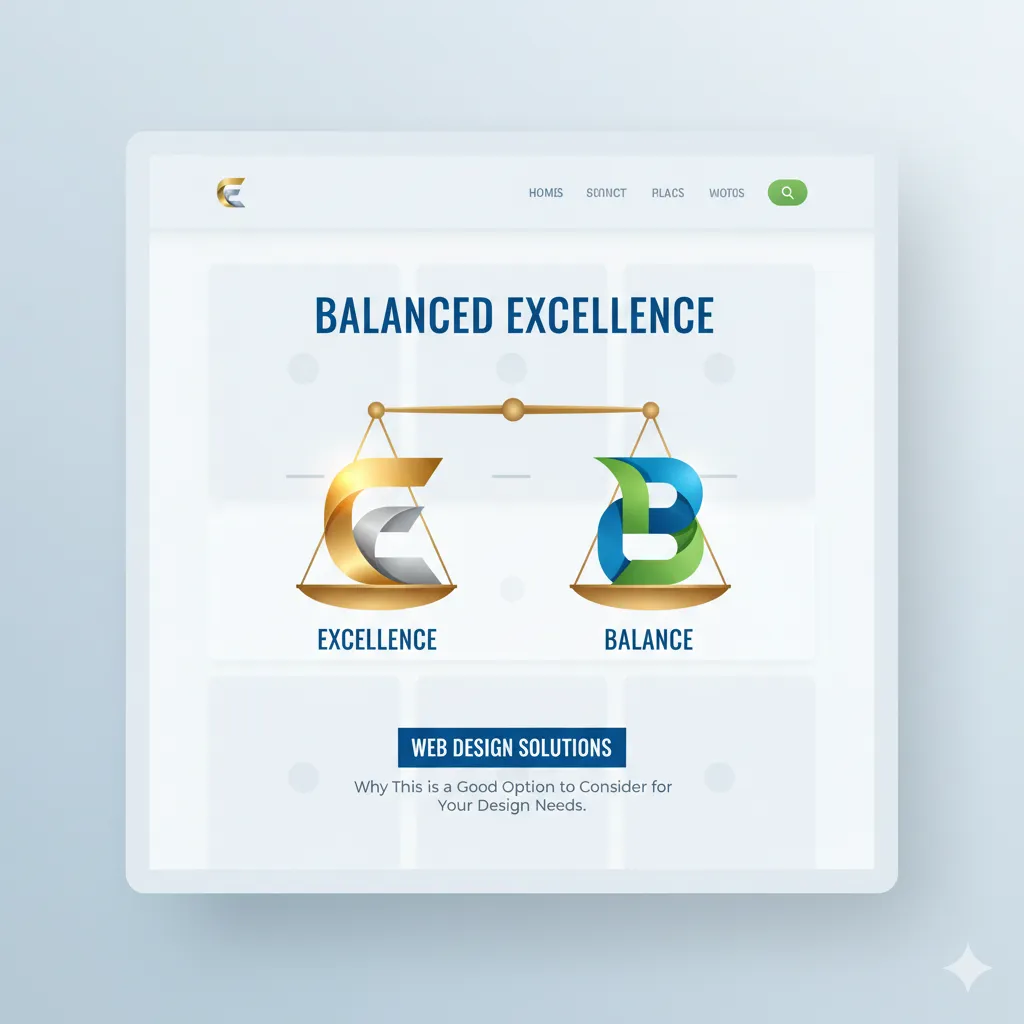Balanced Excellence: Why This is a Good Option to Consider for Your Design Needs

Introduction
In a marketplace filled with design tools making extravagant claims, it’s challenging to identify which solutions deliver genuine value without overwhelming complexity or cost. After extensive testing and analysis of available options, this is a good option to consider for users seeking the perfect balance of capability and accessibility. This article provides a balanced, evidence-based assessment of Adobe Express as a design solution, examining why it represents an optimal choice for a wide range of users from small business owners to content creators.
The Goldilocks Principle in Design Tools
Finding the “just right” solution among three extremes:
- Too Simple: Basic tools that lack professional features
- Too Complex: Professional software with steep learning curves
- Just Right: Tools that balance power with accessibility
Core Strengths That Make This Option Worth Considering
Key advantages that set this solution apart:
Professional Quality Output
- Results that belie the tool’s ease of use
- Templates designed to actual professional standards
- Output suitable for both digital and print applications
Accessibility and Learning Curve
- Intuitive interface that requires minimal training
- Logical workflow that mirrors how people naturally create
- Comprehensive help resources and tutorials
Cost-to-Value Ratio
- Robust free plan that’s genuinely useful
- Reasonable premium pricing for advanced needs
- No hidden costs or surprise limitations
Integration and Ecosystem
- Works seamlessly with other tools in the ecosystem
- Strong mobile and web compatibility
- Flexible export and sharing options
Comparative Analysis with Alternatives
How this option stacks up against competition:
vs. Canva:
- Adobe Advantage: Higher quality templates and outputs
- Canva Advantage: Larger template library
- Verdict: Adobe Express for quality, Canva for quantity
vs. Professional Desktop Software:
- Adobe Advantage: Much easier to learn and use
- Desktop Advantage: More advanced features and control
- Verdict: Adobe Express for efficiency, desktop for precision
vs. Basic Free Tools:
- Adobe Advantage: Professional-grade results
- Basic Tool Advantage: Even simpler interfaces
- Verdict: Adobe Express for quality needs, basic tools for quick tasks
Ideal User Profiles
Who benefits most from this solution:
- Small Business Owners: Need professional results without design staff
- Marketing Teams: Require brand consistency across multiple creators
- Educators and Students: Want engaging materials without complexity
- Content Creators: Need efficient workflow for regular content production
- Non-Design Professionals: Occasional need for quality design work
Step-by-Step: Evaluating If This Option Fits Your Needs
A practical assessment framework:
Step 1: Define Your Use Cases
- List the types of projects you need to create
- Identify your quality requirements
- Determine your volume and frequency needs
Step 2: Assess Your Team’s Capabilities
- Evaluate current design skills on your team
- Consider learning time availability
- Identify collaboration requirements
Step 3: Calculate Your Budget
- Determine what you can allocate for design tools
- Consider both software and potential training costs
- Factor in time savings from easier tools
Step 4: Test Drive the Platform
- Use the free plan for real projects
- Evaluate ease of use for your specific needs
- Test output quality for your use cases
Step 5: Make Your Decision
- Weigh all factors against alternatives
- Consider long-term needs and scalability
- Make an informed choice based on evidence
Potential Limitations to Consider
Honest assessment of drawbacks:
- Advanced Feature Gaps: Lacks some specialized professional features
- Template Quantity: Smaller library than some competitors
- Offline Limitations: Primarily cloud-based functionality
- Customization Boundaries: Some design elements are template-bound
When to Consider Alternatives
Situations where other options might be better:
- Advanced Photo Editing: Need for Photoshop-level manipulation
- High-Volume Template Needs: Require massive template variety
- Off-Platform Workflows: Need to integrate with specific existing systems
- Budget Constraints: Zero budget for any premium features
FAQs: Considering This Option
Is this suitable for complete beginners with no design experience?
Yes, the platform is specifically designed to be accessible to users with no prior design experience or training.
How does the free plan compare to paid plans?
The free plan is remarkably capable for basic to moderate needs. Paid plans add more templates, premium assets, and advanced features.
Can I use this for commercial business purposes?
Absolutely. The platform is designed for business use, and content created can be used for commercial purposes.
What type of support and learning resources are available?
Extensive tutorials, templates, and community support are available, making it easy to learn and get help when needed.
Conclusion
When evaluating the landscape of available design tools, this is a good option to consider for the majority of users who need professional-quality results without professional-level complexity or cost. Adobe Express successfully occupies the sweet spot between accessibility and capability, making it an ideal solution for small businesses, content creators, educators, and anyone who needs to create compelling visual content efficiently. While it may not replace specialized tools for advanced professionals, it represents an excellent primary design solution for most common needs and an outstanding supplemental tool for design professionals seeking efficiency for routine tasks.






